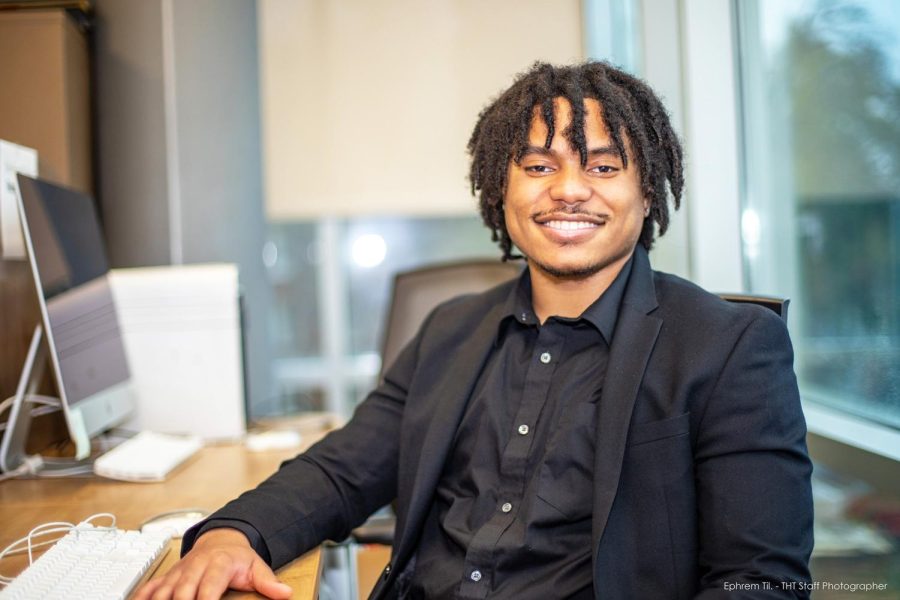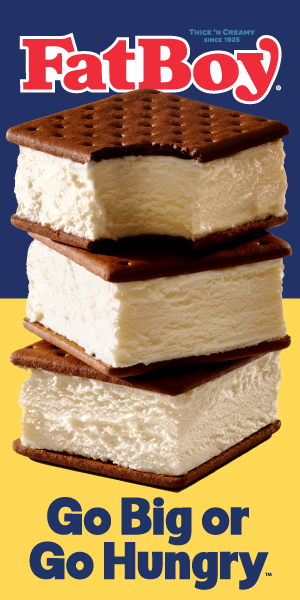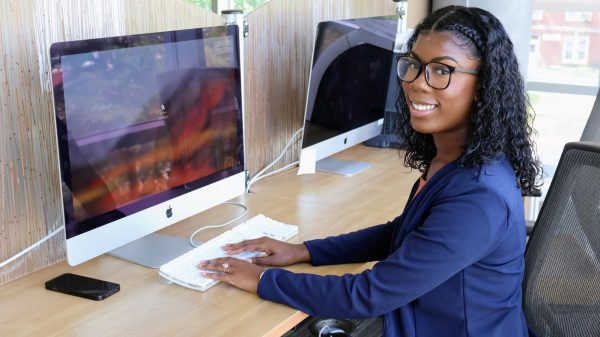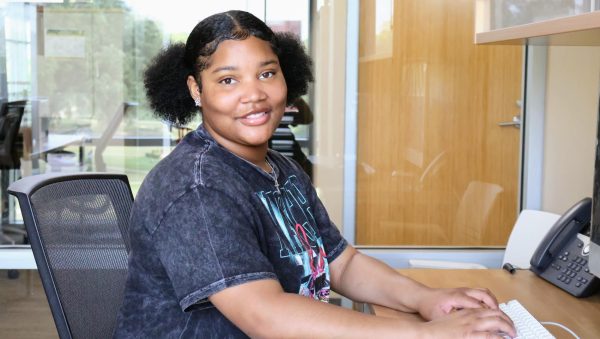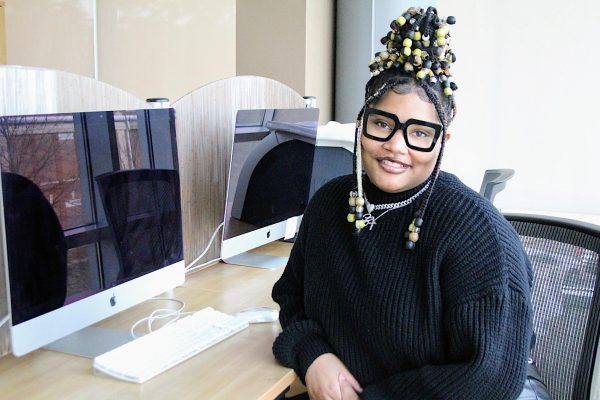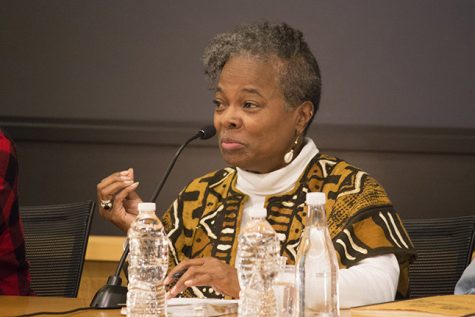We need more Black superhero movies in cinema
PHOTO BY EPHREM TILAHUN/MULTIMEDIA SPECIALIST
After two years of working as a reporter and editor, Kendal Manns, a native of Baltimore, Maryland, will take over as the 2022-23 editor-in-chief of The Hornet Tribune, the oldest Black college newspaper in the nation. His term began on May 1, 2022.
February 25, 2023
In 2023, we are in the age of diversity in cinema. There is a lot of representation for groups like the LGBTQ+ and Latino communities. They span across genres and Hollywood has been steadily creating new stories to tell while also meshing diverse groups of people together. My focus is on the Black superhero genre specifically. I believe we are severely lacking in Black superheroes on the big screen.
Allow me to explain my thinking by asking a simple question. Outside of the Black Panther franchise, what was the last live action movie to feature a Black superhero as its lead? I believe it was Hancock back in 2008, nearly two decades ago. If we are talking about a Black superhero adapted from a pre-existing comic book, then we have to go back four more years to the final installment of the Blade trilogy, “Blade Trinity.”
Marvel has brought characters like War Machine (played by Don Cheadle) and Falcon (played by Anthony Mackie) to the big screen in its cinematic universe. DC has also introduced Cyborg (played by Ray Fisher) to their cinematic universe as well. But those have all been as side characters to majority white casts.
I want to preface a previous statement about Black superhero leads outside of the Hancock, Blade and Black Panther franchises by saying that I do not consider anti-heroes or villains turned into anti-heroes as superheroes. This means that “Black Adam,” whose titluar character has been a villain or anti-hero when he was introduced by Fawcett Comics in the 1970s, is not a superhero movie, especially in the way he was portrayed in the film.
That being said, there are so many different Black superheroes that could and should be brought to the big screen. I would love to see heroes like Jon Stewart’s Green Lantern, Black Lightning, Static Shock, Luke Cage, Miles Morales’ Spider-Man and many more. Characters like Luke Cage have gotten TV series in the past, but they were not highly acclaimed nor did they receive the recognition they deserved in the first place.
The Black Panther franchise has been a testament to just how powerful a well-put together Black superhero movie can be. It can be very profitable too, if done right. According to Forbes.com, the first Black Panther movie made $1.2 million worldwide. There were so many people swarming to the theaters to see it. People were dressed up head to toe in costumes representing the characters themselves and even the African countries and tribes represented in the movie.
So that begs the question of why there are not more movies like this for Black people. Mark Hughes of Forbes.com discusses a central reason for this exclusion.
“The characters who are the biggest, most globally recognizable and popular heroes with decades of history, stories, and comic book source material were mostly created between the late-1930s and mid-1970s,” Hughes said. “Overwhelmingly, the vast majority of superhero characters who sell merchandise and comics — which determines which movies get made — have a massive advantage of being around so long they have inherent brand awareness. Investing in movies is always partially motivated by the depth of support for and awareness of the character, plus merchandising potential.”
This creates a lot of adversity to getting stories about these Black superheroes put into theaters, let alone getting them greenlit. Regardless of these facts, however, there is still a great need for these stories to be brought to the big screen.
These stories offer fresh new takes on what it means to be a superhero. Instead of seeing the struggles of Peter Parker making ends meet as a photographer while also being Spider-Man (which has been done three different times for three different franchises now), we could see Miles Morales and his fresh take on the character who is an Afro Latino.
Witnessing his and Static Shock’s coming of age stories and the battles they face within themselves and the environment around them would be captivating. Those characters in particular have already proven that they can tell some amazing stories with the highly acclaimed animated series Static Shock (2000-2004) and animated movie Spider-Man: Into the Spider-Verse (2018) being great depictions of the characters.
There are a lot of exciting new characters scheduled to headline their own movies like Sam Wilson’s Captain America in “Captain America: New World Order” (2024), and Blade in the near future. This character in particular is destined to have a major role in Marvel Cinematic Universe (MCU) for years to come and I personally cannot wait to see him.
Black superheroes have the power to change lives. When Black children see these characters on screen, they see themselves. They get inspired in so many different ways and we, as a community and as a people need more of that. The reception of the first Black Panther film was so moving because it brought people, not just children, together. It made us as a collective feel good about ourselves. Seeing more of these Black superheroes on the big screen would only add to that feeling and hopefully those projects will be made sooner rather than later.


